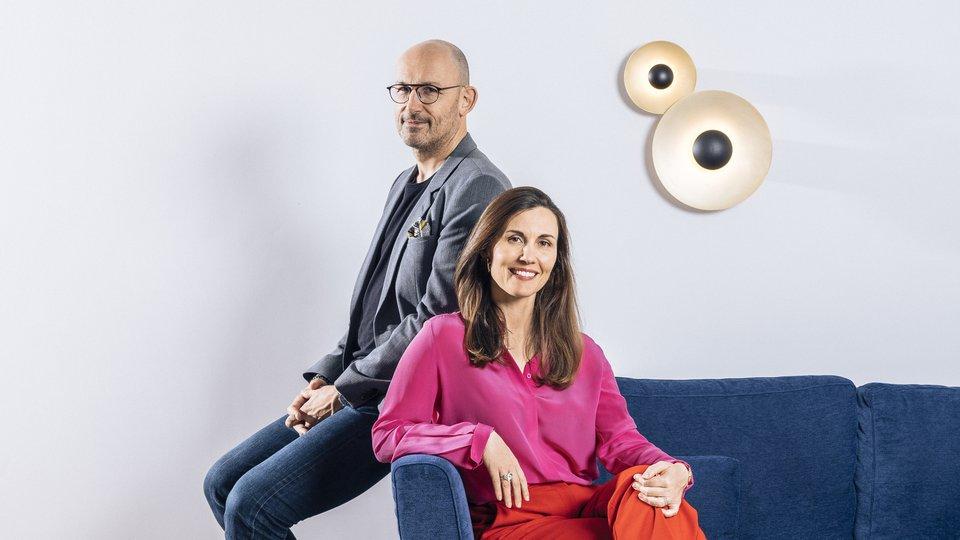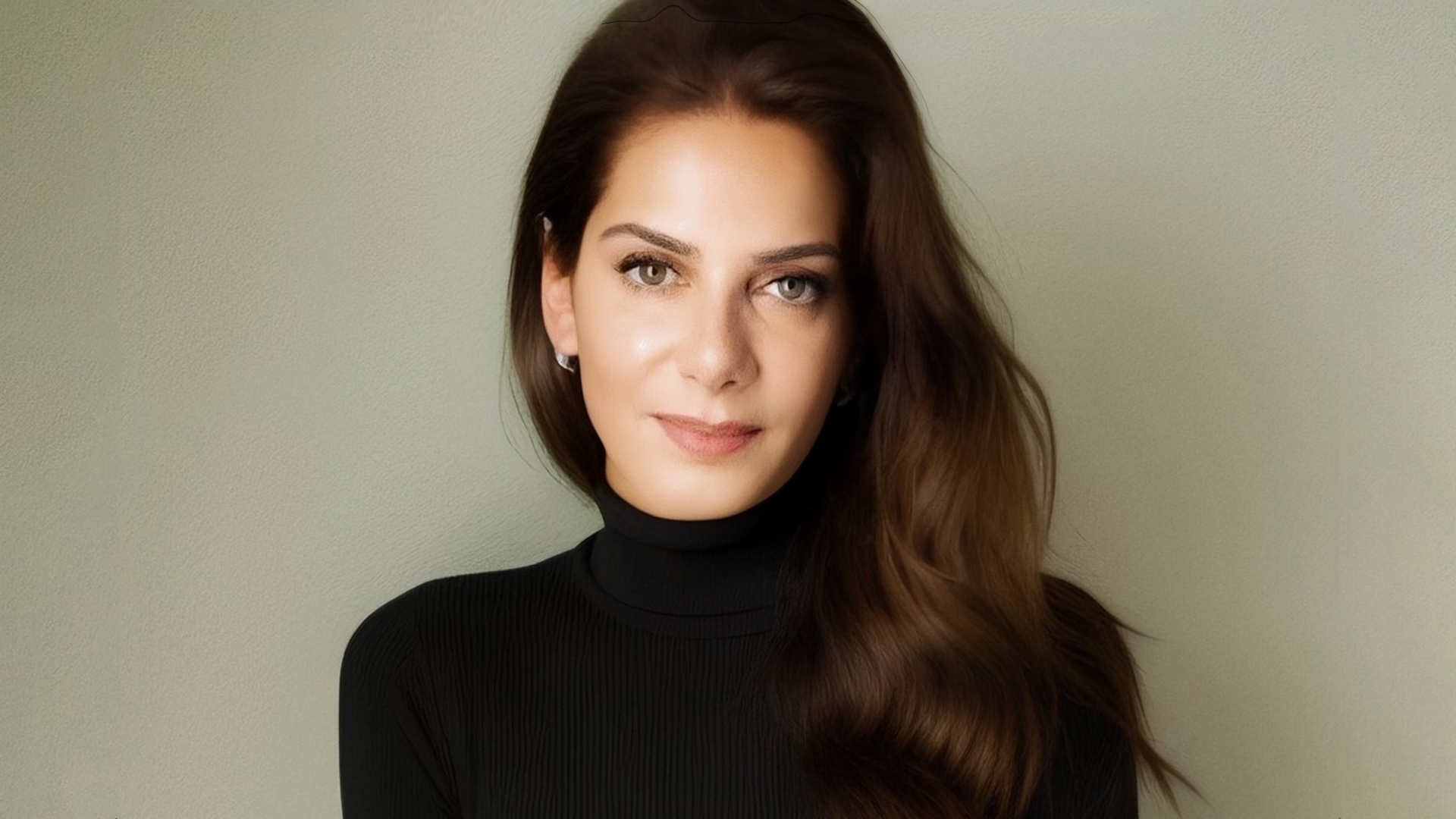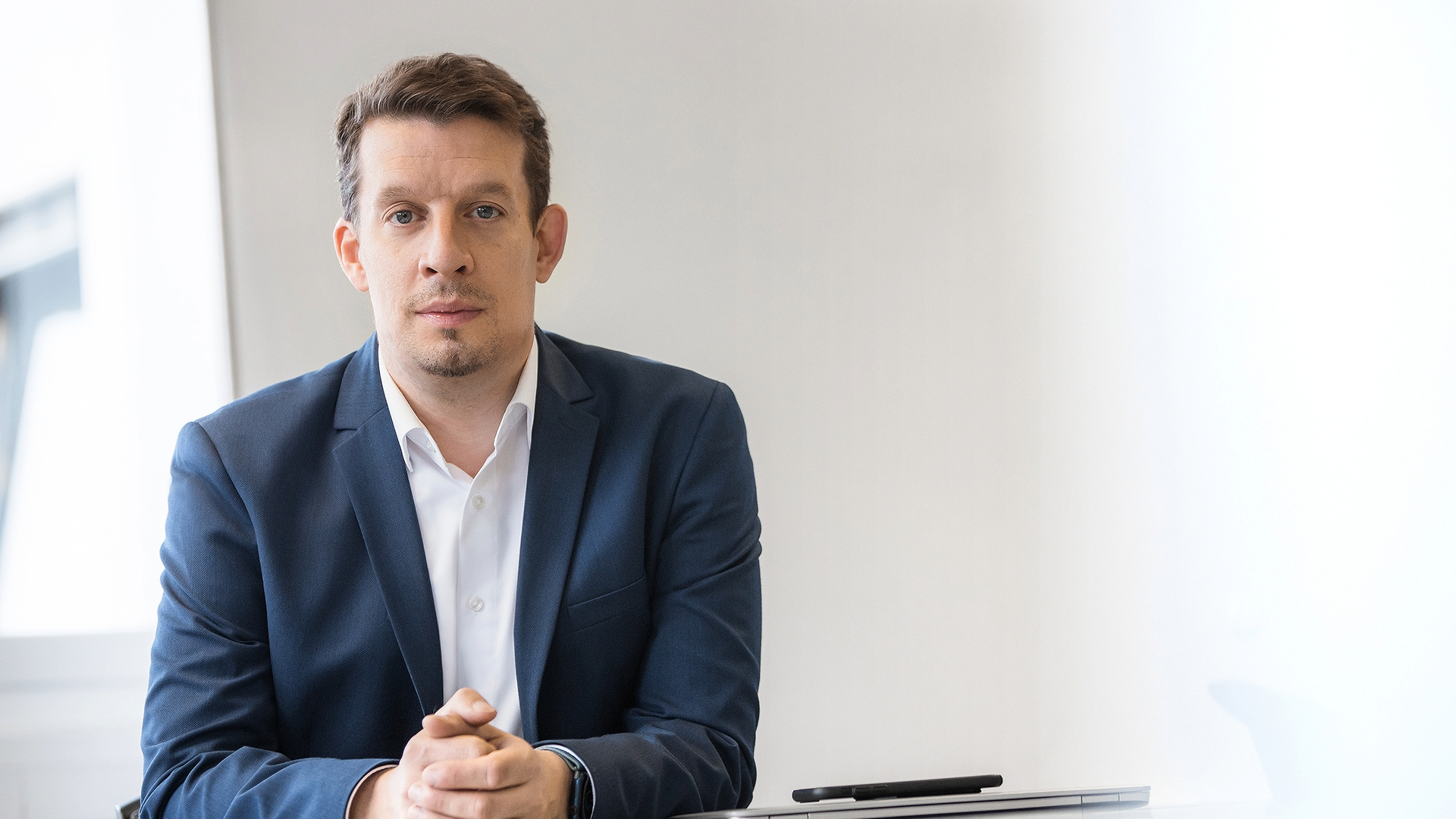Ahead of showcasing its latest exhibition in Geneva, Aurélie Streit and Pascal Ravessoud, Vice Presidents of the Fondation de la Haute Horlogerie sat down with Luxury Society to share their vision on the future of watchmaking, why they set up a cultural arm and how they plan to ensure that the world of watches remains front and centre of conversation.

If there were ever the right time to set up a specific arm dedicated to the artistic and cultural relevance of watches, it would be now. Luckily for the world of watchmaking, the mission of Watches and Culture, which has been established by the Fondation de la Haute Horlogerie (FHH), is just that.
Interest in luxury watches is at an all-time high right now. In April, the Federation of the Swiss Watch Industry reported yet another increase in growth for watch exports, a rise of 6.8 percent compared to the same period a year earlier, reaching a total value of 2.1 billion Swiss francs. For the whole of 2022, Swiss watch exports rose by 11.4 percent to 24.8 billion Swiss francs, exceeding their 2021 performance.
In March, in what is now the largest gathering of the watch industry, Watches and Wonders (formerly under the umbrella of the FHH, but recently breaking away to form its own foundation) recorded approximately 43,000 unique visitors at its seven-day event in Geneva, nearly double the number seen in 2022.
And everyone, from the watchmakers to the auction houses, certified pre-owned sellers to social media community members, has something to share; whether it’s their passion for a particular timepiece or the intricacies involved in the manufacturing process, watchmaking is a culture unto itself.
Which is why two years ago, the FHH restructured the organisation around its three pillars of activity: Watches and Culture, The Forum and The Academy, all to promote the culture of watchmaking. Each serves a different function, geared toward the various types of audiences interested in watches.
“It’s kind of a refocus,” said Pascal Ravessoud, Vice President of FHH, who along with fellow Vice President Aurélie Streit, has helped oversee the changes within the organisation. “It’s a great opportunity to state what we are here for and to communicate about who we are and what we’re doing, which is basically promoting the watch as an object of art and culture to the widest possible audience.”
“We are going back to our roots, which is really about, promoting fine watchmaking culture in a non-profit and neutral way,” he said, noting how in the past, the lines between FHH (the organisation) and Watches and Wonders, formerly its most well-known pillar of activity, had been blurred.
“The purpose of formally adding the Watches & Culture within the FHH’s framework is really to reach new audiences,” said Aurélie Streit, Vice President of FHH. “Because it’s important for us to explain to the general public what we have been doing since the beginning of FHH nearly 20 years ago. To talk about watches as works of art, to speak about watchmaking as a culture and to share how we are supporting it.”

Credit: Courtesy.
As part of its ongoing programme to open up the world of watchmaking to new audiences, this year Watches and Culture will showcase a photography exhibition by Swiss photographer Karine Bauzin called “What Time Is It?”, which previewed at Watches and Wonders Geneva earlier this year in March, and is now at show at its headquarters in the heart of Geneva from June 1 until mid-September.
Exploring the common theme of how people respond when being asked to tell the time around the world, Bauzin reveals through a selection of around 80 images, the universal, yet unique gesture that transcends cultural, economic or religious differences, the raising of the wrist to look at their watch.
Exhibitions like these are just one part of how Watches and Culture want to communicate its activities. There is also its online presence: namely its dedicated website, which will officially relaunch in an updated configuration later this year, LinkedIn and Instagram accounts, which it treats as a first stepping stone for people who are interested in watches but don’t know where to start.
“It’s about igniting the passion that people have for watches, and having impartial information that is fun, easy to grasp that starts this spark that helps people on their journey to learning more about watches, maybe through our content, but also others,” said Ravessoud.
In terms of content creation, its aim is to share everything about the watchmaking world, said Streit. “Step by step, we want to really start with how to get into watches; which is really about explaining their value, starting from the beginning. And then gradually, we are going to develop more themes for the platform.”
“We want to engage people first, but then also go deeper in the content to help them along the way, so we don’t just tell them how to get into watches,” added Ravessoud. “But we explain things like what are the complications? What’s the difference between a mechanical watch and quartz watch, what is in the history that has made them?”
Which brings us to the second pillar of the FHH, the Forum, what it calls a platform of discussion and debate, by and for the industry, which FHH has already held 10 editions previously. This year’s event will be held in November, and centred around the topic of customer centricity.
“The Forum is kind of like a think tank, where we push brands to have a perspective on our industry,” said Ravessoud. “What’s it going to be in 10 years, or 20 years time? What are demographics going to be like, or the geopolitical hurdles? Will the regulatory landscape change?”
“We want to be the facilitator of the various brands and try to put them together and find ways for them to collaborate to initiate solutions, or at least to discuss what potentially could be done,” he added. “it’s a good way for the people to be nurtured by something else than only business and the numbers and also give them a platform to interact and to meet, because it’s a very competitive world and there aren’t many chances to meet in a non-competitive environment.”
And lastly, the third pillar of the FHH is the Academy, which takes on a more educational role by offering classes or full courses on watchmaking to professionals, and now also to the public.
Having been established by FHH over ten years ago, The Academy offers training and certification programmes in 11 languages in 20 different locations around the world, including the United States, Asia, and Europe. To date, it has trained more than 60,000 people globally.
And as demand for luxury watches has grown, so too has the demand for understanding watchmaking on a deeper level, something Watches and Culture wanted to reflect in its offering, especially given that its mission is to tie together all the different components of work that FHH has been doing since it was founded in 2005 to promote watchmaking.
“We realised that there was a lot of demand from the public,” said Streit. “Every day, we have more and more requests from consumers that really want to be educated…So now, someone who is interested in learning more about watches can come and request to come on a training course on various kinds of areas and that can be online or in-person.”
“Our new aim with The Academy is to help educate a new generation of clientele, by reinforcing the culture around it, helping people to understand the importance, the depth of content and history, the savoir-faire behind watches,” Ravessoud added.
Now more than ever, with all eyes of the world on watchmaking, making these changes at FHH to reflect the momentum in the market from new audiences seems like the right moment for the organisation, as it approaches its 20-year anniversary.
“It’s only the beginning,” said Streit. “We are definitely here to support the industry. We’re working on that side, how we can pragmatically support the industry and help it make an impact.”
“It’s a big moment,” agreed Ravessoud. “There have been millions of people interested in watches or buying watches, which has also created the shortage that we’ve all heard about. The idea is really we are here to help.”
“We want to be the facilitators, but we don’t have a mandate from the brands to, you know, organise the whole industry,” he added.” What we are not is; we are not the voice of the industry, we are a voice in the industry.”










